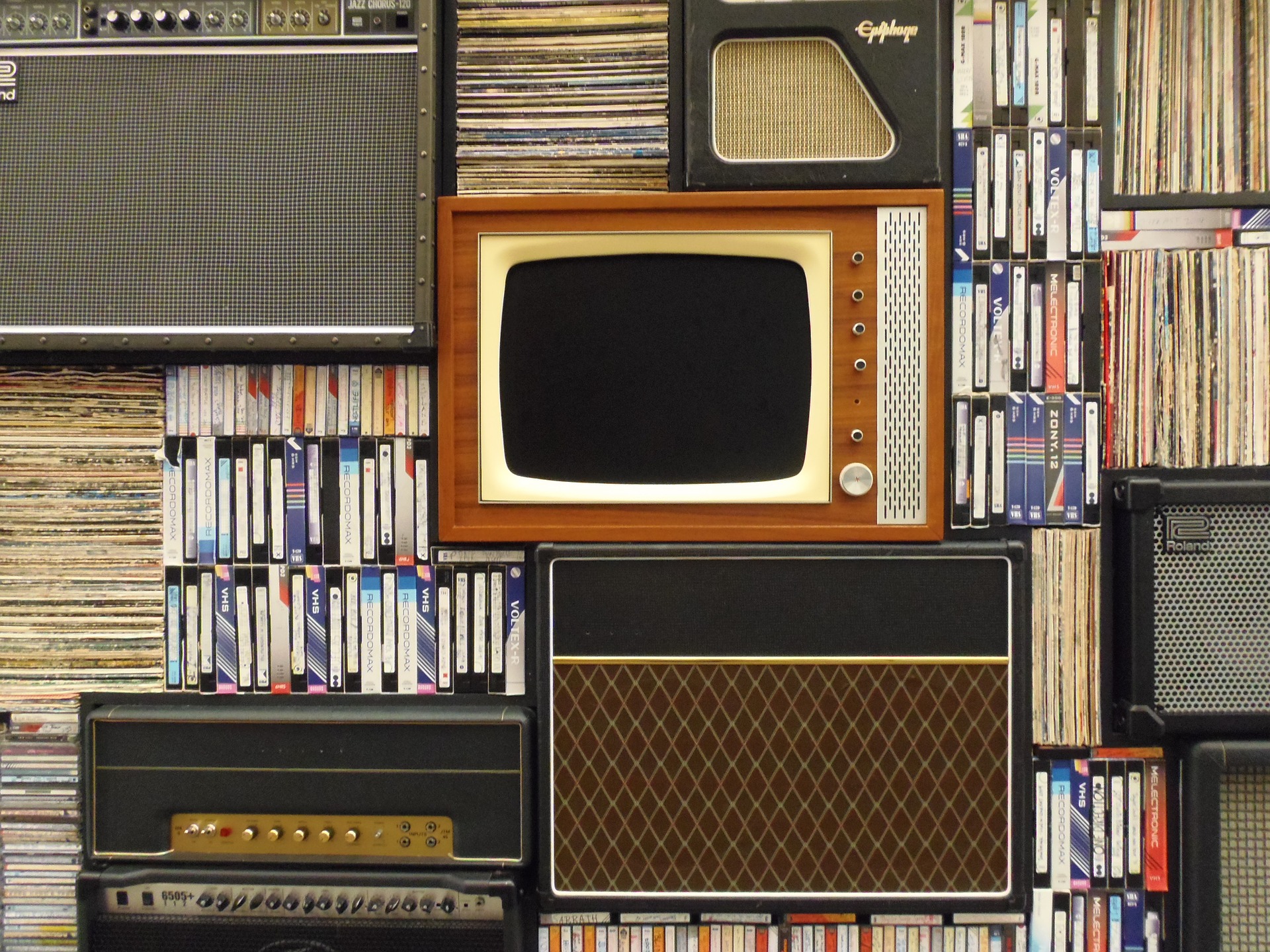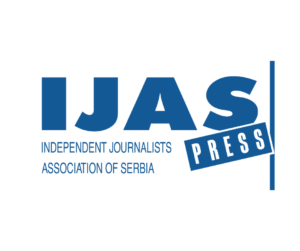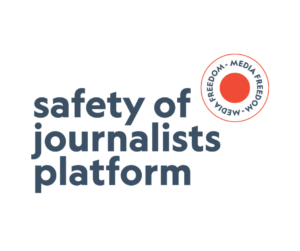Broadcasters with national licences in Serbia were once required to show a certain quota of children’s programmes. The rule has been ignored for years and now the state has scrapped it, much to the disappointment of worried parents.
Sometimes, before taking her six-year-old son Djordje to his Belgrade nursery, Jelena Trajkovic opens up YouTube and plays for him her favourite children’s programme from when she was a child – ‘kocka, kocka, kockica’, starring Branko Kockica.
First broadcast in 1974, the show ran for 20 years and was packed with educational, interactive and entertaining content for children, among a host of other original children’s programmes.
There is no contemporary equivalent on Serbian television. In fact, there are hardly any quality children’s programmes at all. Trajkovic, 40, said she frequently turns to cartoon reruns on cable.
“He knows some episodes by heart,” she said, after another Monday morning of SpongeBob SquarePants.
“There isn’t always access to the Internet everywhere in our country,” Trajkovic told BIRN, “and not everyone knows how to access good quality, interesting content.”
It wasn’t meant to be like this. Previously, in order to secure a national frequency, private broadcasters were required to ensure 20 per cent of their programming contained a combination of documentary, educational, cultural, artistic and children’s content.
This never happened. According to Serbia’s Regulatory Authority for Electronic Media, REM, in the last three months of 2022, four private broadcasters with licences to broadcast to the whole country – Pink, Happy, B92 and Prva – featured almost none of the required content.
Pink and Happy featured no children’s programmes at all; Prva dedicated 0.87 per cent of its content to children; B92 was way ahead with 13 per cent, but most of this consisted of cartoon reruns.
In the first three months of last year, TV Prva broadcast less than three minutes of children’s programming, too little to even show up as a percentage in the REM report.
Though it operates under a different set of rules, the public broadcaster, Radio-Television Serbia, performed little better, with less than 0.5 per cent of programming on RTS 1 dedicated to children, while on less-watched RTS 2 the proportion has declined from roughly 10 per cent in 2017 to four per cent in 2022.
When it comes to private broadcasters, however, instead of enforcing the rules, REM simply changed them.
As of May, any broadcaster bidding for a national licence no longer has to have a set amount of documentary, educational, cultural, artistic and children’s content. The change has been made before REM issues a fifth national licence, a move that had been expected in late 2022.
“It even seems to me that they were waiting for the [regulation] to be passed and for this very thing to be applied to the fifth frequency,” Rade Djuric, a lawyer at the Independent Journalists’ Association of Serbia, NUNS, told BIRN.
Lack of quality children’s content ‘a big problem’
In May, the parenting website Bebac launched a petition demanding the ‘return of children’s programmes’ to Serbian television. The move reflected widespread concern among parents about the lack of quality content for their children.
“The rulebook [for broadcasters] should define more closely ‘diverse’ programming and not leave it open to interpretation whether there will be quality programming or not,” said Bebac editor Jelena Ciric Nikolic. “The lack of scientific and cultural programming is also a big problem, because it is also intended for our children.”
“We know that there were no children’s programmes on televisions with a national frequency, and removing that from the regulations formally legitimises the absolute neglect of public opinion,” Ciric Nikolic said.
“Children should have quality programmes moulded by people who deal with children’s programmes and with children, who know what is desirable for what period [of development] – from psychologists to those who work in culture.”
NUNS was part of a group of media associations and non-governmental organisations that formally complained to REM about the new rulebook removing the quota for such programming, but the complaint was rejected.
REM argued that the Law on Electronic Media, which requires national broadcasters to provide “diverse media content”, takes precedence and its own rulebook cannot require them to have more than two types of programme.
In May 2023, the Serbian investigative media outlet CINS reported that REM had recognised as ‘children’s programming’ a report on the morning show of TV Pink on the repertoire of children’s theatres and, on TV Happy, a review of a book of poetry that ran at 5 a.m.
“We could really see that certain television channels, such as those tabloid channels Pink and Happy do not actually fulfill all requirements of the programmes for which they got permission to use frequencies at that level,” said Djuric from NUNS.
He told BIRN it was unacceptable for broadcasters with national licences to broadcast only light entertainment and commercials.
“We must have something that enriches the citizens, something that they may not be aware that they need, but it is still necessary to have.”
Source: BalkanInsight




